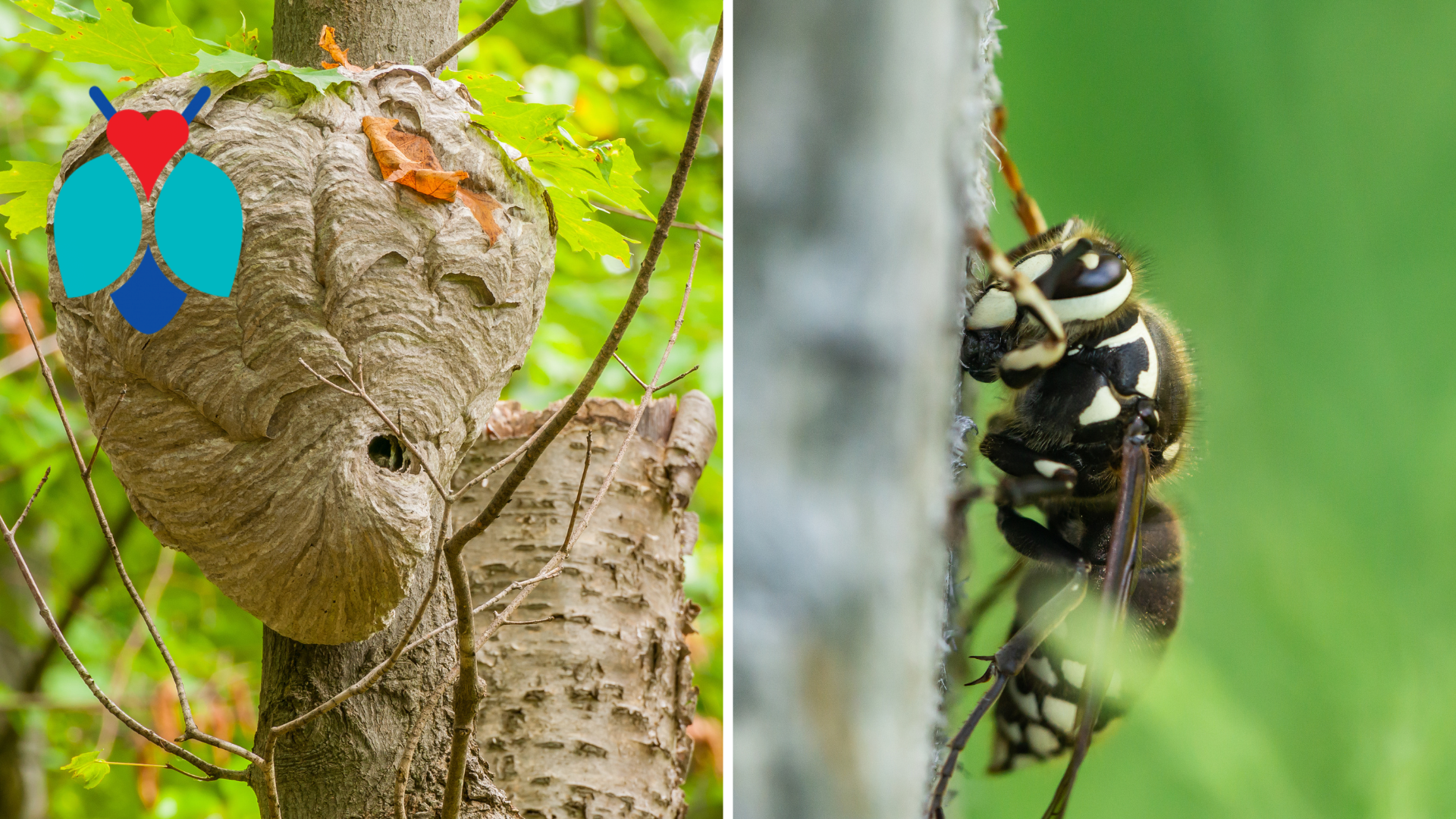Share This Blog!
Bald-faced hornets aren’t technically hornets. They are part of the wasp family. They are related to other social wasps in Minnesota such as the paper wasp and yellow jacket. A bald-faced hornet nest averages between 400-700 workers by the end of the summer. They get their name from their white faces. They also have white and black patterns across their bodies, unlike other wasps that are yellow and black. Their aggressiveness is similar to other wasps. They will protect their nests from individuals and animals that get too close. When they attack they are capable of repeatedly stinging and even spraying venom into their intruder’s eyes which can cause short-term blindness.
Their season starts the same as other social wasps in Minnesota. They build a new nest from scratch each spring. The only hornets that survive through the winter are queens that hatched out in the late summer or early fall. The young fertilized queens then leave the nest in the fall to locate a place to overwinter. They often overwinter inside tree stumps, rotten logs, or wood piles. When she wakes up in the spring she creates a few cells inside her burrow to house her first eggs.
The first workers to hatch out quickly get to work to start building their new nest. They build aerial nests that are shaped like teardrops. An aerial nest is a nest that is built off of the ground. For them, they build all their nests at least 3 feet off of the ground. The material they use in building their nests comes from dried unstained wood. As they chew the small fibers off of the wood they mix it with their saliva which creates the papery material that is used to build the outer shell and hexagonal cells inside the nest. The cells are built to store the queen’s eggs, larvae, and pupa. They have the instinct to protect their young living inside and will be aggressive toward any intruders that are getting too close.
The process from egg to hornet takes around 3 weeks. One egg will end up making multiple workers. The workers who aren’t helping with building the nest are foraging for food. The larvae inside the nest feed depend on protein-rich foods to help them develop into workers. They get the protein from eating other insects. Some of the most common insects they eat are yellow jackets, caterpillars, spiders, and flies. The workers themselves also feed on insects but will also feed on flower nectar or honeydew for sugar and carbohydrates. By eating these insects the hornets are controlling the population of insects that feed and kill plants and crops that we humans depend on.
As the summer comes to an end and the temperatures start dropping their behaviors start to change. The queen of the nest starts to lay eggs that will hatch into male drone hornets and new queens. The two will leave the nest to mate. The males will die while the new queen will find a dry and warm place to overwinter.
Over-the-counter products used to kill wasps will not affect a bald-faced hornet nest. Their nests have a thick papery layer on the outside that will keep the queen and the rest of the colony protected. The product we use allows for the foraging wasps that leave the nest to carry the product back inside where they can spread it. Over-the-counter wasp killers kill wasps and other insects on contact. This doesn’t give the foraging wasps enough time to bring the chemical into the nest.
Click below to learn about our wasp services




